Instruction
Fitness: 5 Steps To Perfect Setup Posture
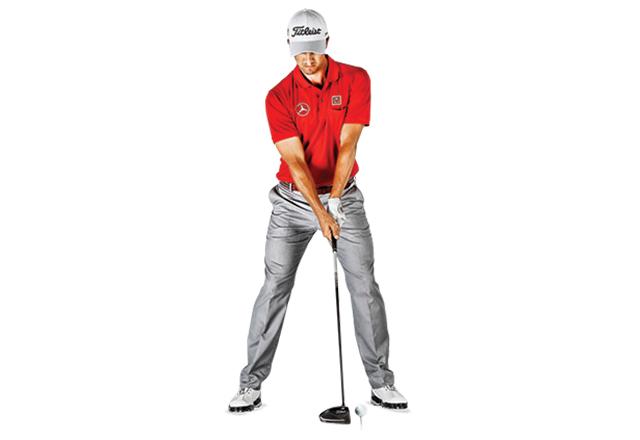
In previous articles on GolfWRX, I have talked at length about the importance of great posture at setup in the golf swing. But up until now, the method for actually training the perfect setup hasn’t been properly explained. This article aims to break down the process into five simple steps and give you an easy-to-follow guide to train your setup posture.
No. 1: Establish Neutral Spine
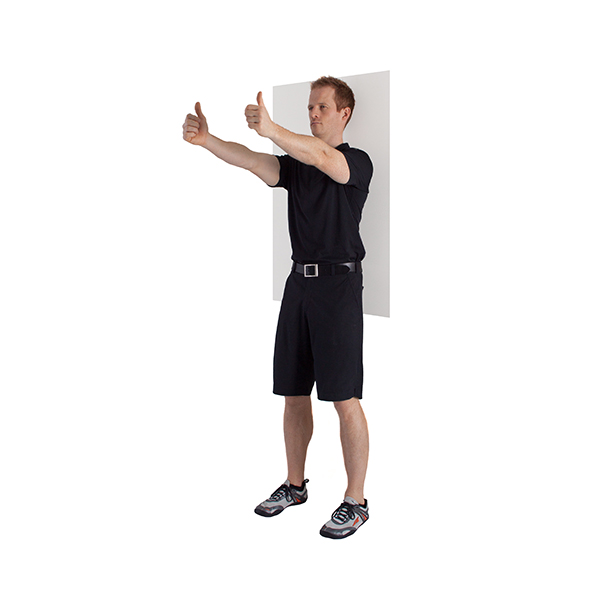
Standing with your back up against a piece of flat wall, place your feet hip width apart and the heels about 6 inches from the wall. Connect your backside, upper back and back of your head to the wall, aiming to get even pressure in all three body parts.
Mobility restrictions or fixed postural issues might stop you feeling even pressure or getting the three body parts on the wall at the same time. If this is the case, try moving your feet farther away from the wall.
No. 2: Stand Tall, Narrow the Waist
The key thought here is to feel the top of your skull moving upward and drawing your spine “up and out” of the pelvis. You are, of course, not literally going to grow 6 inches taller, but this feeling will help to stack your vertebrae correctly and activate key spinal stabilizer muscles.
Narrowing the waist is the cue to help activate your deep core muscles. Imagine you have a very tight piece of string around your abdomen, the same height as your belly button. Now try to loosen the string off by narrowing your waist, but make sure to keep breathing normally. If you are finding breathing difficult, then there is too much bracing going on. Relax a little!
Once you are confident that you’re standing tall and have a narrowed waist, move off the wall and walk around for a while to practice holding the posture without the help from the wall.
No. 3: Activate Your Hip Stabilizers
You’ll need a micro-power band or piece of rubber tubing for this. Place the band around your knees, either above or below the knee cap, whichever feels more comfortable. Now take a small squat posture, feet about hip width apart, while maintaining the feeling of standing tall and narrowing your waist.
From here, take small, deliberate steps to the right for 10 meters (30 feet) and repeat to the left for 10 meters. Now try doing the same walking forward for 10 meters and backward (the reverse movement) for 10 meters. The more deliberate and “stomp like” your steps are, the better muscle activation you will get in the glute complex that helps stabilize your hips and pelvis.
The next level is moving the band to the ankle and speeding up the deliberate, stomping steps.
To access the best equipment for these exercises, check out Golf Fit Pro.
No. 4: Active Your Scapulae (shoulder blades) and Shoulder Stabilizers
For this drill, you would ideally use a 2XU Ramsay Posture Belt, but if you don’t have one then a piece of tubing will suffice in the short term.
Using the front band of the posture belt or piece of tubing, assume the correct arm position by taking an overhand grip, tucking the elbows into the side and spreading the hands outwards and upwards.This will take the shoulder into external rotation and help to set the scapulae (shoulder blades) in a position where they are hugged into the rib cage.
Now “pulse” the band by making very small outward circles with your hands. This will help to activate the key muscles surrounding the scapula and back of the shoulder. Again, the faster and more deliberate you make the movement, the better muscle activation you will get.
No. 5: Hinge Forward Into an Athletic Set Up
So far, we have established a neutral spine and activated the key muscles in the hips, core and shoulders. Now it’s time to apply to this to our golf set up.
With neutral spine established and waist narrowed, simply hinge forward from the hips into a setup position. Your feet should be around hip width apart, turned out slightly with a slight flex in the knee. Your waist will be narrowed and your shoulders set into external rotation with scapulas hugged into the ribcage.
From there simply let the arms hang down and take your grip on the club. This is your brand new athletic set up posture!
Like anything, posture has to be trained before it’s ingrained! I recommend repeating this process several times a day, especially around the time you are practicing. The more often you practice these key steps for set up, the less you will have to think about it on course.
For exercise guides and programs, check out the Golf Fit Pro app for iOS and Android.
Special thanks to Ramsay McMaster and Caroline Richardson of Gravity Fit for their contributions in teaching me how to effectively train posture.
Instruction
The Wedge Guy: Beating the yips into submission

There may be no more painful affliction in golf than the “yips” – those uncontrollable and maddening little nervous twitches that prevent you from making a decent stroke on short putts. If you’ve never had them, consider yourself very fortunate (or possibly just very young). But I can assure you that when your most treacherous and feared golf shot is not the 195 yard approach over water with a quartering headwind…not the extra tight fairway with water left and sand right…not the soft bunker shot to a downhill pin with water on the other side…No, when your most feared shot is the remaining 2- 4-foot putt after hitting a great approach, recovery or lag putt, it makes the game almost painful.
And I’ve been fighting the yips (again) for a while now. It’s a recurring nightmare that has haunted me most of my adult life. I even had the yips when I was in my 20s, but I’ve beat them into submission off and on most of my adult life. But just recently, that nasty virus came to life once again. My lag putting has been very good, but when I get over one of those “you should make this” length putts, the entire nervous system seems to go haywire. I make great practice strokes, and then the most pitiful short-stroke or jab at the ball you can imagine. Sheesh.
But I’m a traditionalist, and do not look toward the long putter, belly putter, cross-hand, claw or other variation as the solution. My approach is to beat those damn yips into submission some other way. Here’s what I’m doing that is working pretty well, and I offer it to all of you who might have a similar affliction on the greens.
When you are over a short putt, forget the practice strokes…you want your natural eye-hand coordination to be unhindered by mechanics. Address your putt and take a good look at the hole, and back to the putter to ensure good alignment. Lighten your right hand grip on the putter and make sure that only the fingertips are in contact with the grip, to prevent you from getting to tight.
Then, take a long, long look at the hole to fill your entire mind and senses with the target. When you bring your head/eyes back to the ball, try to make a smooth, immediate move right into your backstroke — not even a second pause — and then let your hands and putter track right back together right back to where you were looking — the HOLE! Seeing the putter make contact with the ball, preferably even the forward edge of the ball – the side near the hole.
For me, this is working, but I am asking all of you to chime in with your own “home remedies” for the most aggravating and senseless of all golf maladies. It never hurts to have more to fall back on!
Instruction
Looking for a good golf instructor? Use this checklist

Over the last couple of decades, golf has become much more science-based. We measure swing speed, smash factor, angle of attack, strokes gained, and many other metrics that can really help golfers improve. But I often wonder if the advancement of golf’s “hard” sciences comes at the expense of the “soft” sciences.
Take, for example, golf instruction. Good golf instruction requires understanding swing mechanics and ball flight. But let’s take that as a given for PGA instructors. The other factors that make an instructor effective can be evaluated by social science, rather than launch monitors.
If you are a recreational golfer looking for a golf instructor, here are my top three points to consider.
1. Cultural mindset
What is “cultural mindset? To social scientists, it means whether a culture of genius or a culture of learning exists. In a golf instruction context, that may mean whether the teacher communicates a message that golf ability is something innate (you either have it or you don’t), or whether golf ability is something that can be learned. You want the latter!
It may sound obvious to suggest that you find a golf instructor who thinks you can improve, but my research suggests that it isn’t a given. In a large sample study of golf instructors, I found that when it came to recreational golfers, there was a wide range of belief systems. Some instructors strongly believed recreational golfers could improve through lessons. while others strongly believed they could not. And those beliefs manifested in the instructor’s feedback given to a student and the culture created for players.
2. Coping and self-modeling can beat role-modeling
Swing analysis technology is often preloaded with swings of PGA and LPGA Tour players. The swings of elite players are intended to be used for comparative purposes with golfers taking lessons. What social science tells us is that for novice and non-expert golfers, comparing swings to tour professionals can have the opposite effect of that intended. If you fit into the novice or non-expert category of golfer, you will learn more and be more motivated to change if you see yourself making a ‘better’ swing (self-modeling) or seeing your swing compared to a similar other (a coping model). Stay away from instructors who want to compare your swing with that of a tour player.
3. Learning theory basics
It is not a sexy selling point, but learning is a process, and that process is incremental – particularly for recreational adult players. Social science helps us understand this element of golf instruction. A good instructor will take learning slowly. He or she will give you just about enough information that challenges you, but is still manageable. The artful instructor will take time to decide what that one or two learning points are before jumping in to make full-scale swing changes. If the instructor moves too fast, you will probably leave the lesson with an arm’s length of swing thoughts and not really know which to focus on.
As an instructor, I develop a priority list of changes I want to make in a player’s technique. We then patiently and gradually work through that list. Beware of instructors who give you more than you can chew.
So if you are in the market for golf instruction, I encourage you to look beyond the X’s and O’s to find the right match!
Instruction
What Lottie Woad’s stunning debut win teaches every golfer

Most pros take months, even years, to win their first tournament. Lottie Woad needed exactly four days.
The 21-year-old from Surrey shot 21-under 267 at Dundonald Links to win the ISPS Handa Women’s Scottish Open by three shots — in her very first event as a professional. She’s only the third player in LPGA history to accomplish this feat, joining Rose Zhang (2023) and Beverly Hanson (1951).
But here’s what caught my attention as a coach: Woad didn’t win through miraculous putting or bombing 300-yard drives. She won through relentless precision and unshakeable composure. After watching her performance unfold, I’m convinced every golfer — from weekend warriors to scratch players — can steal pages from her playbook.
Precision Beats Power (And It’s Not Even Close)
Forget the driving contests. Woad proved that finding greens matters more than finding distance.
What Woad did:
• Hit it straight, hit it solid, give yourself chances
• Aimed for the fat parts of greens instead of chasing pins
• Let her putting do the talking after hitting safe targets
• As she said, “Everyone was chasing me today, and managed to maintain the lead and played really nicely down the stretch and hit a lot of good shots”
Why most golfers mess this up:
• They see a pin tucked behind a bunker and grab one more club to “go right at it”
• Distance becomes more important than accuracy
• They try to be heroic instead of smart
ACTION ITEM: For your next 10 rounds, aim for the center of every green regardless of pin position. Track your greens in regulation and watch your scores drop before your swing changes.
The Putter That Stayed Cool Under Fire
Woad started the final round two shots clear and immediately applied pressure with birdies at the 2nd and 3rd holes. When South Korea’s Hyo Joo Kim mounted a charge and reached 20-under with a birdie at the 14th, Woad didn’t panic.
How she responded to pressure:
• Fired back with consecutive birdies at the 13th and 14th
• Watched Kim stumble with back-to-back bogeys
• Capped it with her fifth birdie of the day at the par-5 18th
• Stayed patient when others pressed, pressed when others cracked
What amateurs do wrong:
• Get conservative when they should be aggressive
• Try to force magic when steady play would win
• Panic when someone else makes a move
ACTION ITEM: Practice your 3-6 foot putts for 15 minutes after every range session. Woad’s putting wasn’t spectacular—it was reliable. Make the putts you should make.
Course Management 101: Play Your Game, Not the Course’s Game
Woad admitted she couldn’t see many scoreboards during the final round, but it didn’t matter. She stuck to her game plan regardless of what others were doing.
Her mental approach:
• Focused on her process, not the competition
• Drew on past pressure situations (Augusta National Women’s Amateur win)
• As she said, “That was the biggest tournament I played in at the time and was kind of my big win. So definitely felt the pressure of it more there, and I felt like all those experiences helped me with this”
Her physical execution:
• 270-yard drives (nothing flashy)
• Methodical iron play
• Steady putting
• Everything effective, nothing spectacular
ACTION ITEM: Create a yardage book for your home course. Know your distances to every pin, every hazard, every landing area. Stick to your plan no matter what your playing partners are doing.
Mental Toughness Isn’t Born, It’s Built
The most impressive part of Woad’s win? She genuinely didn’t expect it: “I definitely wasn’t expecting to win my first event as a pro, but I knew I was playing well, and I was hoping to contend.”
Her winning mindset:
• Didn’t put winning pressure on herself
• Focused on playing well and contending
• Made winning a byproduct of a good process
• Built confidence through recent experiences:
- Won the Women’s Irish Open as an amateur
- Missed a playoff by one shot at the Evian Championship
- Each experience prepared her for the next
What this means for you:
• Stop trying to shoot career rounds every time you tee up
• Focus on executing your pre-shot routine
• Commit to every shot
• Stay present in the moment
ACTION ITEM: Before each round, set process goals instead of score goals. Example: “I will take three practice swings before every shot” or “I will pick a specific target for every shot.” Let your score be the result, not the focus.
The Real Lesson
Woad collected $300,000 for her first professional victory, but the real prize was proving that fundamentals still work at golf’s highest level. She didn’t reinvent the game — she simply executed the basics better than everyone else that week.
The fundamentals that won:
• Hit more fairways
• Find more greens
• Make the putts you should make
• Stay patient under pressure
That’s something every golfer can do, regardless of handicap. Lottie Woad just showed us it’s still the winning formula.
FINAL ACTION ITEM: Pick one of the four action items above and commit to it for the next month. Master one fundamental before moving to the next. That’s how champions are built.
PGA Professional Brendon Elliott is an award-winning coach and golf writer. You can check out his writing work and learn more about him by visiting BEAGOLFER.golf and OneMoreRollGolf.com. Also, check out “The Starter” on RG.org each Monday.
Editor’s note: Brendon shares his nearly 30 years of experience in the game with GolfWRX readers through his ongoing tip series. He looks forward to providing valuable insights and advice to help golfers improve their game. Stay tuned for more Tips!



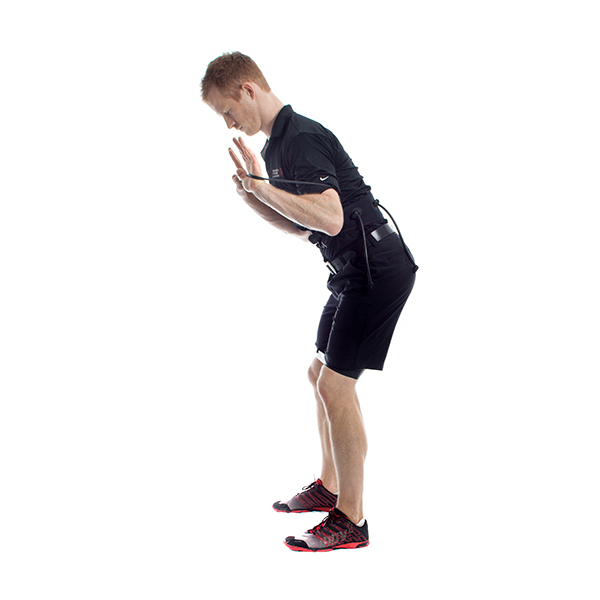


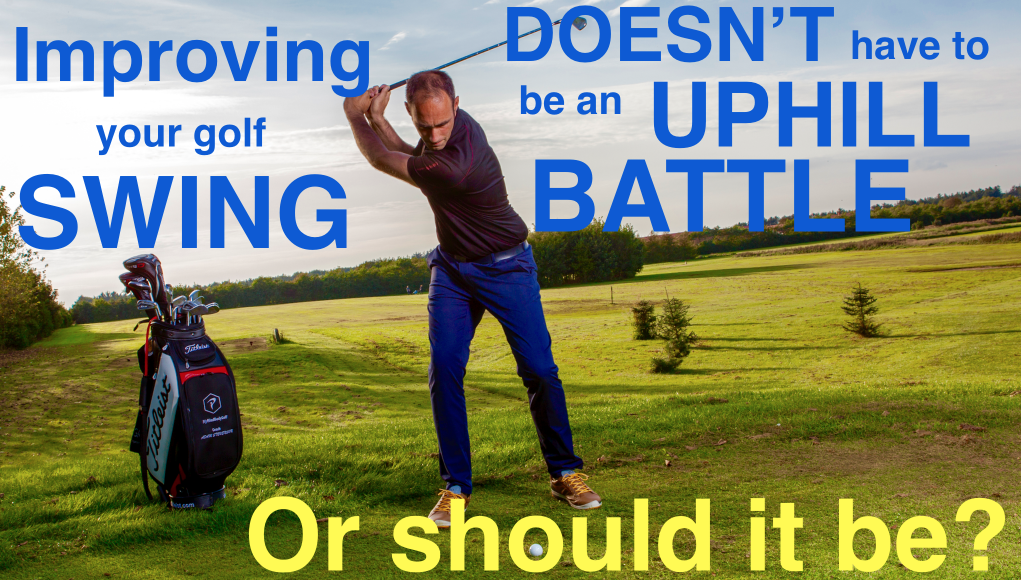
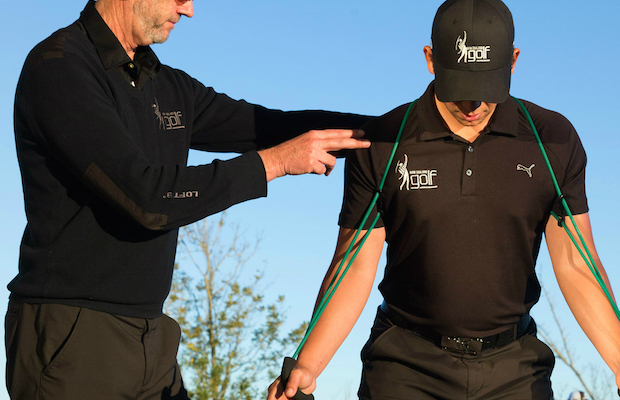
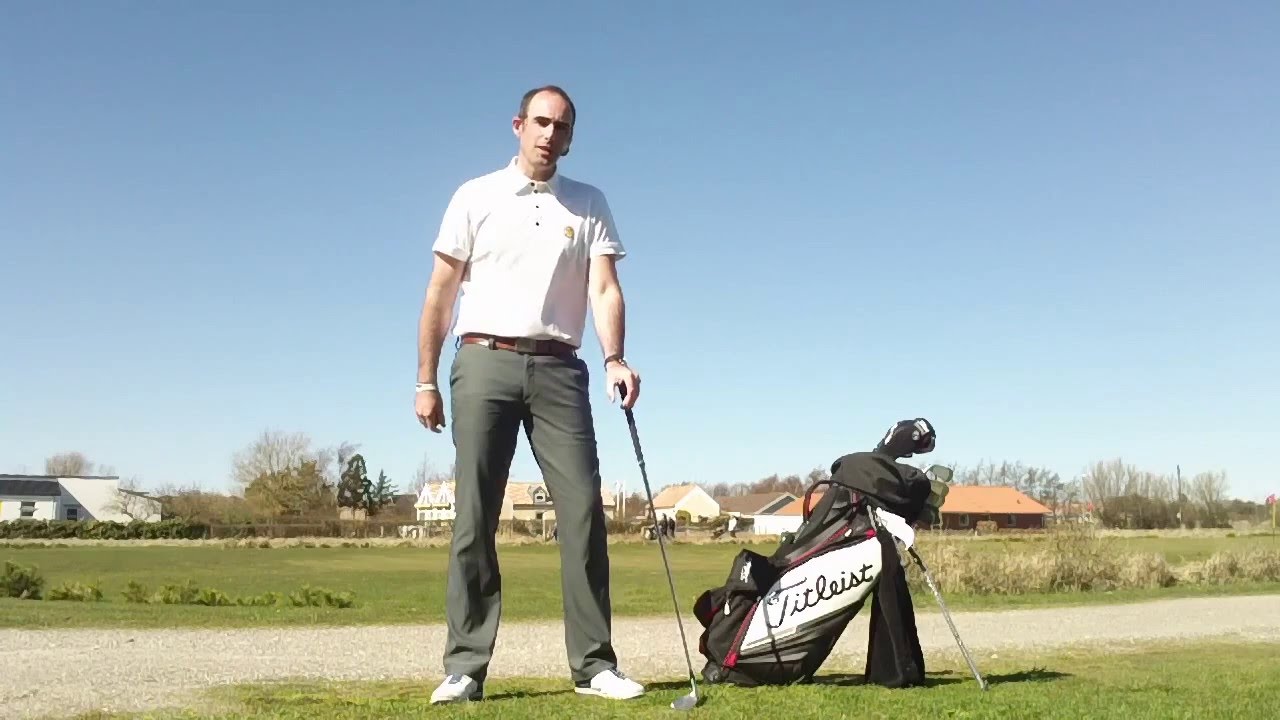
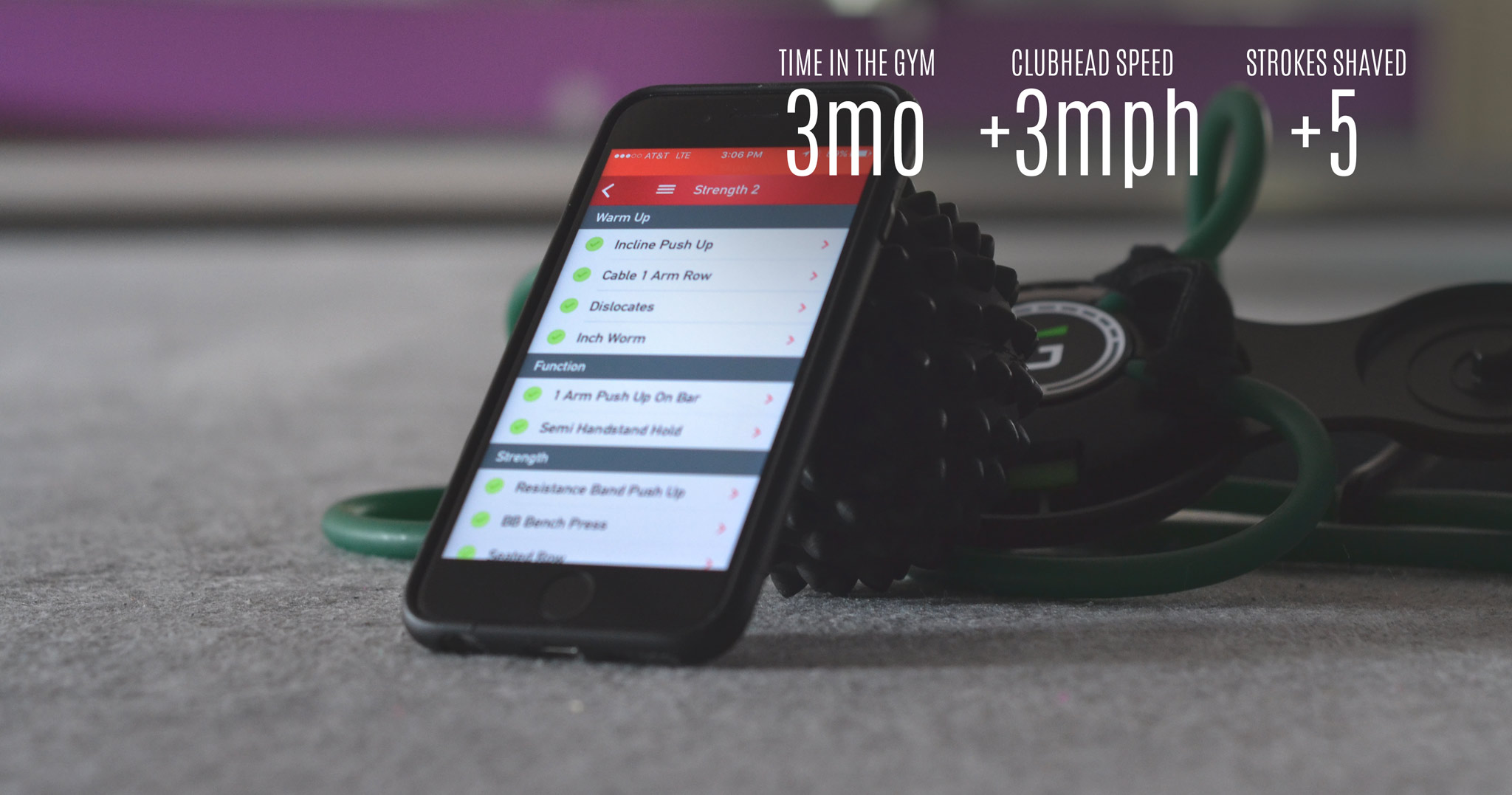
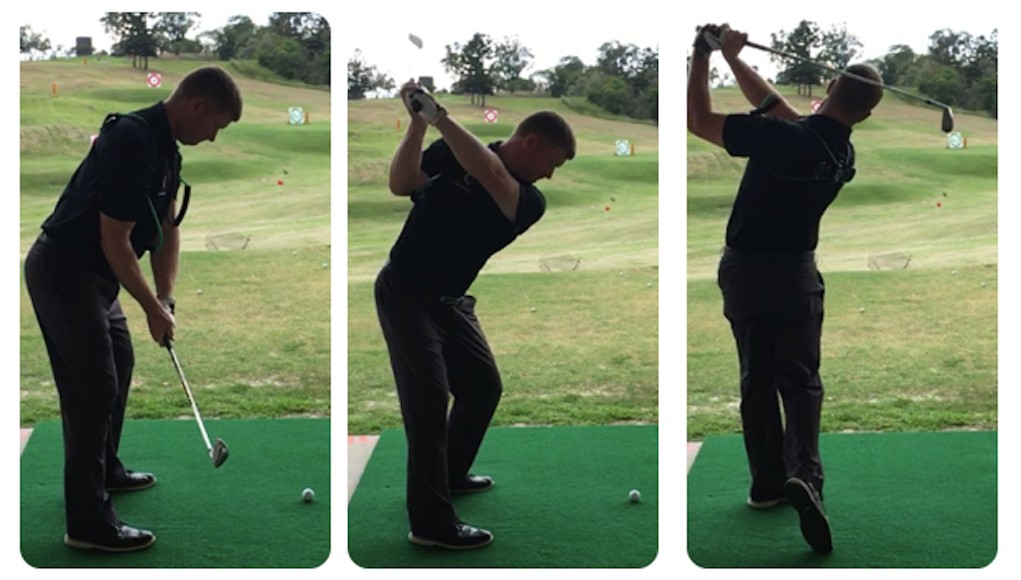








Ol deadeye
Apr 23, 2015 at 9:21 am
I rated this a shank. This falls right in with Tiger’s “my gluts did not fire”. I think golf should be played with relaxed muscles. A partial sitting motion as on one of those one legged spectator seats will put you in the correct posture. DO NOT bend from the waist as so many golf instructions state. The partial sit is a strong athletic position. Try it
TR1PTIK
Apr 23, 2015 at 11:21 am
Where do you think you’re bending from when you sit? Lol. No reason to be critical of the author just because you’re stuck in yesteryear. The article was written in a way that younger, more athletic golfers will understand and accept.
Philip
Apr 23, 2015 at 5:58 pm
I think it is just a matter of visualization and being aware of what works for each of us. I can never get comfortable on bar stools – I prefer to stand. Either concepts : bar stool or bending at the waist are both the kiss of death for my posture. I must “feel” like I’m standing to get into “my” proper posture, otherwise I am bending/sitting too much.
jc
Apr 22, 2015 at 2:26 pm
it might take some doing to pull that wall around the course and have those bands on my feet and wrists…I pity the guys behind me..
Double Mocha Man
Apr 22, 2015 at 11:11 am
We could all use some “narrowing” of the waist.
TR1PTIK
Apr 22, 2015 at 9:19 am
Great article! I look forward to working on this – been looking for something to help me develop a solid and consistent setup posture!